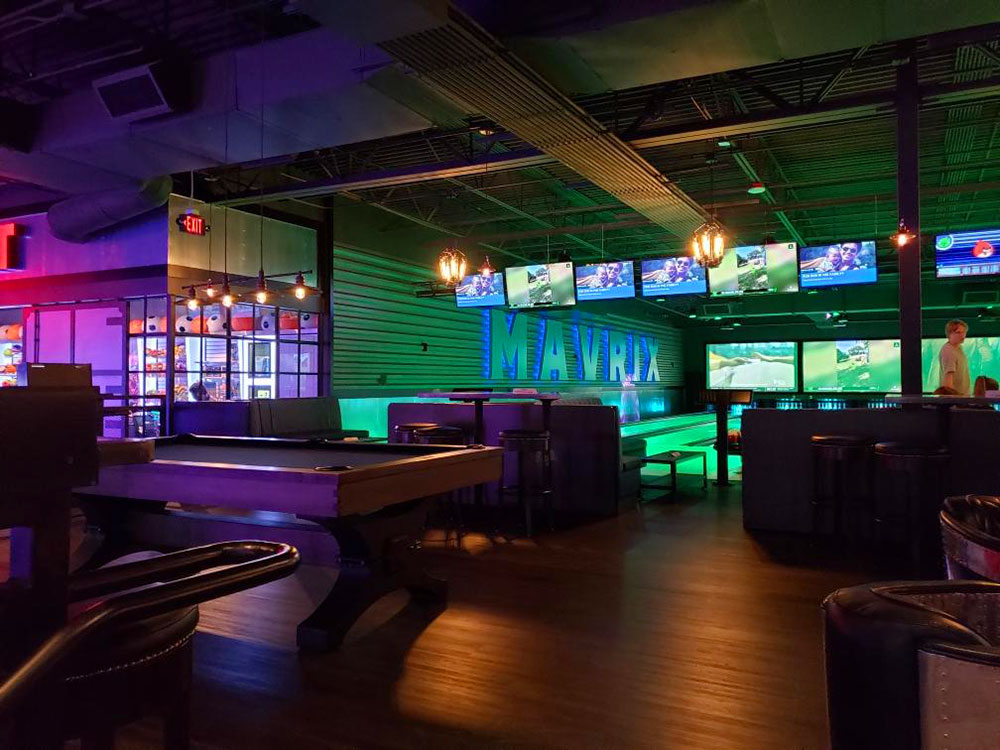The Neon Glow: Illuminating the Past, Present, and Future of Neon Sign…
페이지 정보
작성자 HU 작성일25-11-14 15:04 (수정:25-11-14 15:04)관련링크
본문
In the bustling streets of cities worldwide, neon signs have not just been beacons of light but also of culture, art, and technology. From the glitzy allure of Las Vegas to the vibrant districts of Tokyo, these glowing fixtures have told stories, advertised businesses, and transformed urban landscapes. This article delves into the colorful history of neon signs, explores their cultural significance, and discusses their resurgence in contemporary design and art.
The inception of neon lighting dates back to 1910 when French engineer Georges Claude first introduced a neon lamp at the Paris Motor Show. By 1923, Claude had patented his invention, and neon lighting began to illuminate the streets of Paris before making its way across the Atlantic. The United States saw its first neon sign installed at a Packard car dealership in Los Angeles. The sign, which reportedly cost $24,000—a hefty sum at the time—heralded a new era in outdoor advertising.
Throughout the mid-20th century, neon signs became synonymous with progress and modernity. Cities like New York, Las Vegas, and Hong Kong installed these bright, colorful lights en masse, each becoming iconic for their dazzling urban nightscapes. Neon became a symbol of prosperity and was associated with the glamour of Hollywood and the hedonism of Las Vegas. It wasn't just commercial enterprises that embraced neon; the technology also found a place in public art installations, adding a futuristic allure to sculptures and murals.
However, the latter part of the 20th century saw a decline in the popularity of neon signs. The energy crises of the 1970s, along with the advent of cheaper and more energy-efficient lighting alternatives like LEDs, led to a decrease in neon usage. Many saw neon as outdated, and its association with the seedier parts of town didn't help its reputation. The glow of neon was dimming, and many of the craftspeople skilled in creating these intricate signs retired or shifted careers, fearing the art form might soon be lost.
Despite these challenges, the 21st century has witnessed a renaissance in neon art and signage, driven by nostalgia and a renewed appreciation for craftsmanship. Designers and artists, inspired by the aesthetic and historical depth of neon, have been integral to its revival. Cities have begun recognizing the cultural and historical value of vintage neon signs, with some being restored and protected as historical landmarks.
Museums and exhibitions dedicated to neon art have also sprung up, such as the Neon Museum in Las Vegas, which offers a "neon boneyard" where old signs are preserved and displayed.
These institutions not only celebrate the artistic and historical aspects of neon but also educate the public about the science behind it. Neon lighting works by electrifying a gas, such as neon or argon, in a sealed glass tube, causing it to emit colored light. The art of bending the glass tubes into intricate designs is a skill that requires both artistic flair and technical knowledge.
Today, the use of neon signs has expanded beyond commercial advertising into personal and home decor, and even into the film and music industries, where they add a touch of retro-futuristic glamour to sets and performances.
In case you loved this post as well as you wish to acquire more info with regards to LED neon signs for walls generously go to the web site.
댓글목록
등록된 댓글이 없습니다.

